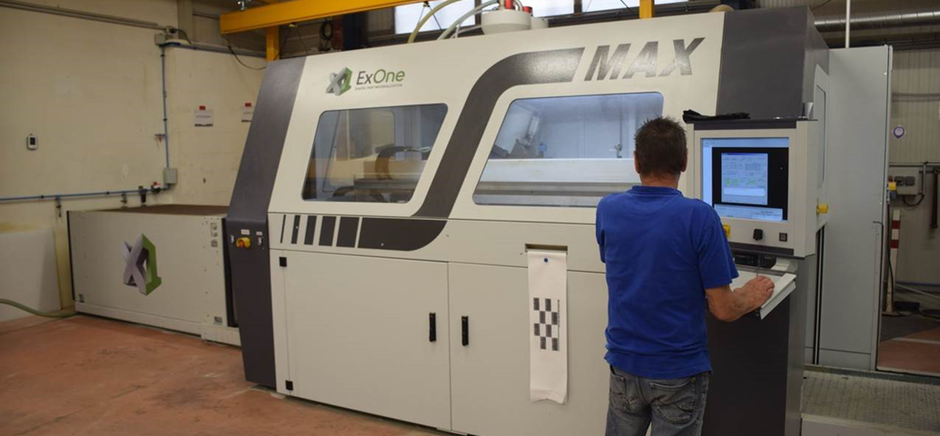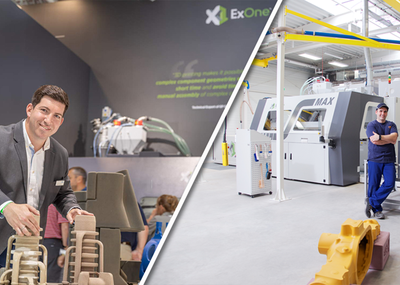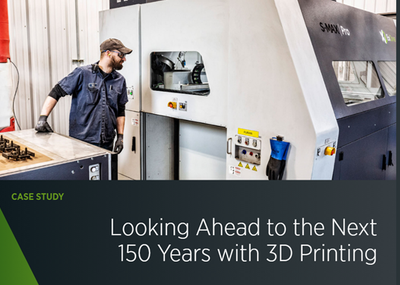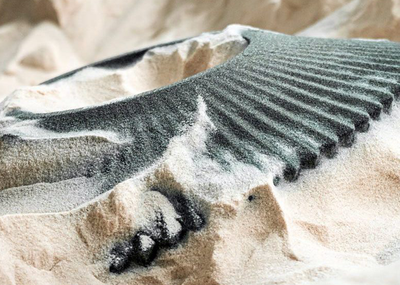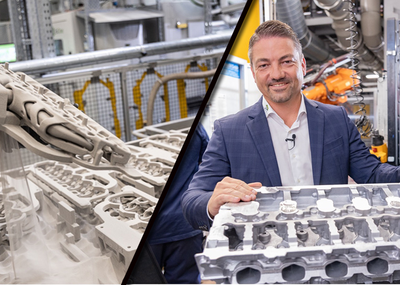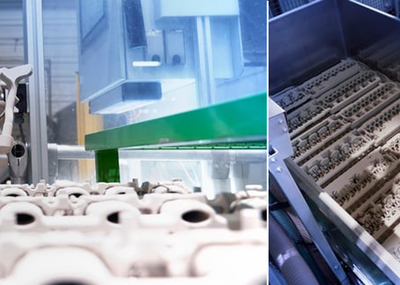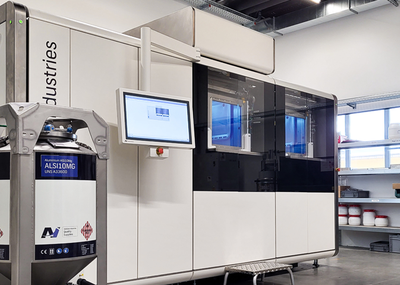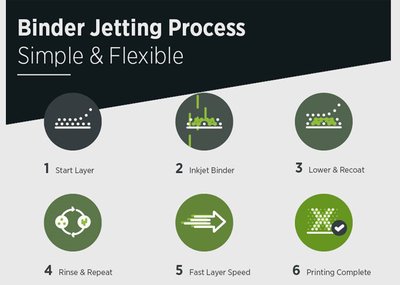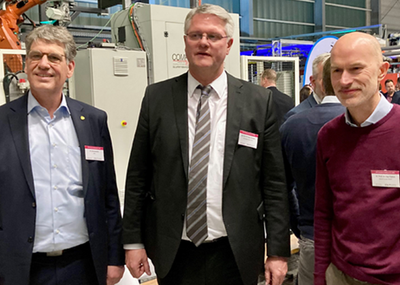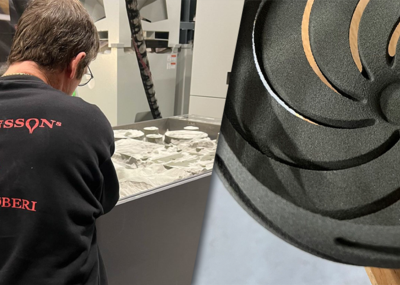Typically, the aircraft door hinge is produced in aluminum. A standard aluminum door hinge weighs about 10 kg (22 lbs). To optimize the aircraft door hinge, Nexteam investigated the potential of magnesium, optimized the design with topological calculation, and performed a pouring simulation to extrapolate the best benefits of a binder jet 3D printed sandcasting. After going through all these processes, the company team came up with a new “organic” design for the aircraft door hinge.
Nexteam argued that 3D sand printing technology enabled it to produce this new organic geometry. It wouldn’t be able to produce these complex shapes with the traditional sand mold manufacturing method. So, the company paired a 3D printed complex core with a traditionally produced mold. The mold was casted with a special casting technique. The precision of binder jetting enabled a successful pour on the first attempt.
The result was excellent: The new magnesium aircraft door hinge now weighs about 5.9 kilogram (~13 pounds), 40% lighter than the aluminum doors it regularly provided. This is a meaningful savings for such a large part. The company successfully demonstrated the full potential of sand 3D printing by casting a unique magnesium alloy part that showcased how design optimization and a novel material could deliver extreme benefits.
Read the complete story to find out more how the company manufactured the lightweight aircraft door hinge: https://teamdm.com/exone-sand-3d-printing-ventana-case-study
Nexteam has been using ExOne binder jet 3D printing solutions to produce sandcastings since 2000. The foundry based in Toulouse and Arudy, France, churns out aerospace and many other metal part designs with the solutions. The company realized that 3D printing technology can give the company more business opportunities and benefits.
“At first, we used binder jet sand 3D printing mainly for prototyping, but then we saw that it was possible to shorten our development time. So, we started using it for development and series production,” explained Christophe Richard, the company’s Chief Technology Innovation Officer. Watch the video to find out more how binder jet 3D printing transformed the company.
For this reason, Nexteam is to date equipped with three 3D printing solutions from ExOne: 2 S-Max® Pro and 1 S-Max®. The S-Max Pro and the S-Max are innovative technology enabling foundries to digitally manufacture sand cores and molds for metalcasting. With these intelligent 3D printers, the company can go from design to casting in hours or days instead of weeks and months.
Make sure to stop by ExOne's booth at GIFA 2023 in Hall 12/C02 to learn more about the extra-light aircraft door hinge and other innovative 3D printing applications made with ExOne’s binder jet solutions.
*The 3D printing project was initially carried out under the brand name Ventana. Due to the merger with Nexteam Group in 2022, Ventana now presents under the brand name Nexteam.

